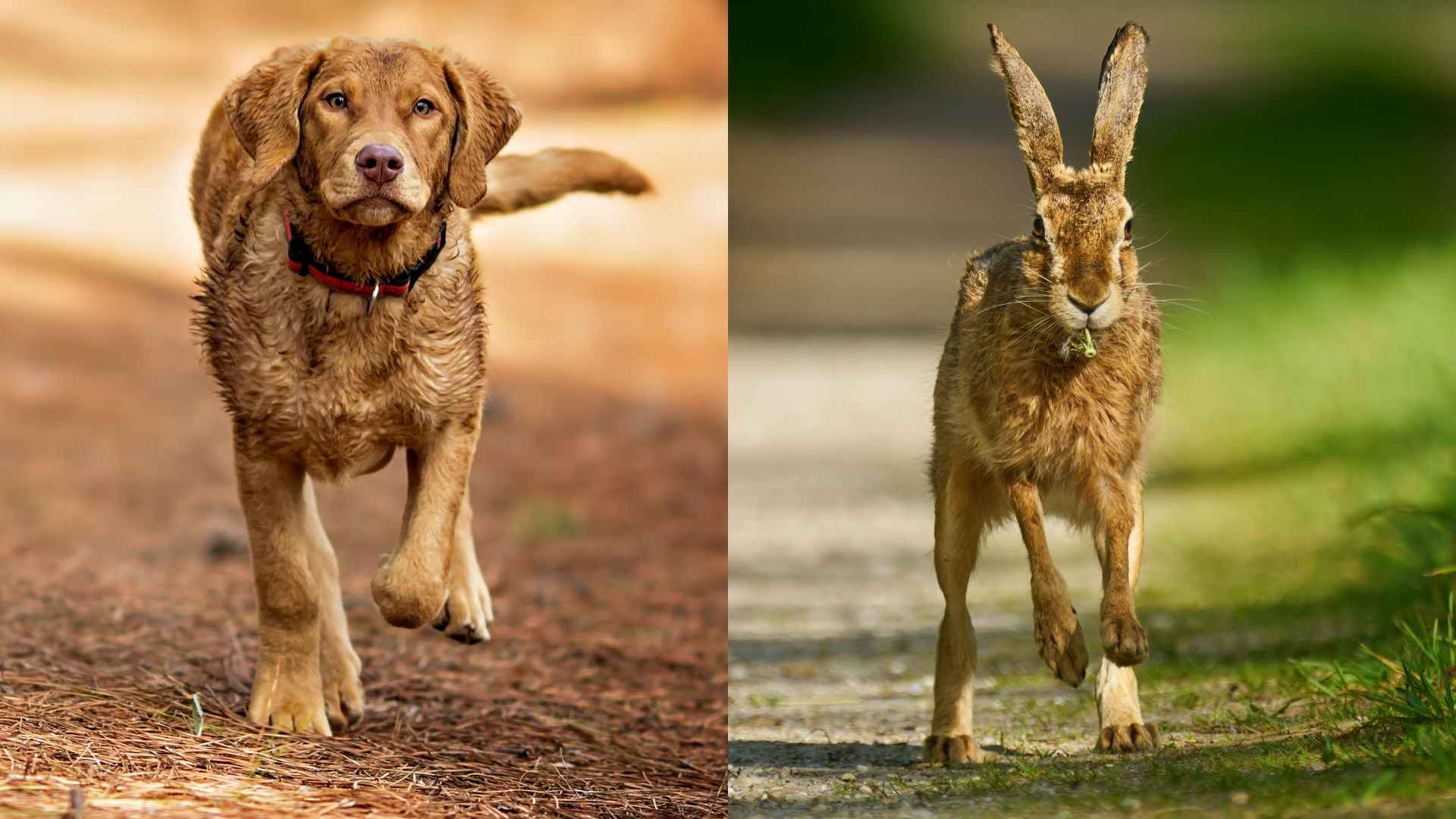When it comes to chasing and catching wild hares, not every dog is up to the task. It takes more than speed; it takes instinct, focus, and an athletic build designed for fast turns, bursts of acceleration, and relentless drive.
Throughout history, certain dog breeds have been developed specifically for this kind of pursuit, often working in open fields where speed and sight are more valuable than scent.
These dogs aren’t just quick, they’re specialists. Whether bred in the deserts, hills, or countryside, each breed on this list has a history of chasing small, agile prey across challenging terrain. Some are sleek and aerodynamic, others compact and explosive, but all share the raw physicality required to run down a hare.
In this article, we explore 10 breeds that are not only built for speed but are still used in hunting or coursing today. Their agility and drive remain unmatched in the canine world.
Dog Breeds That Catch Wild Hares With Speed
1. German Shorthaired Pointer
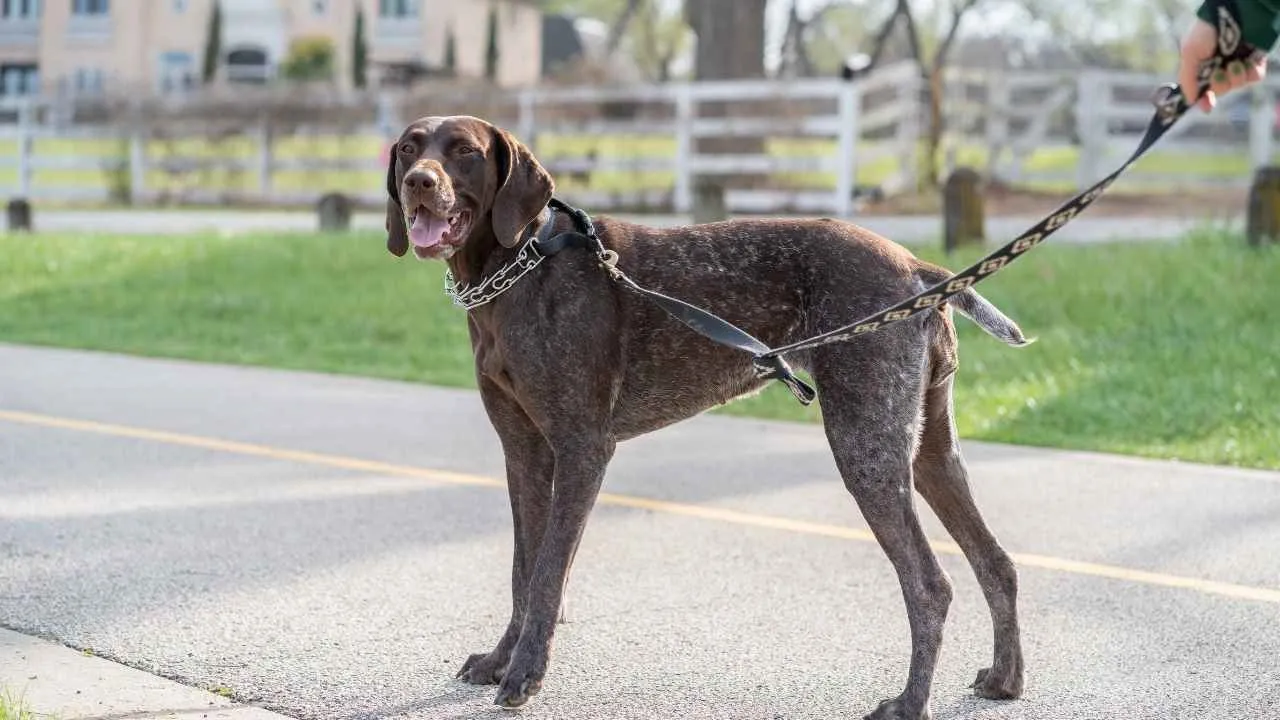
Breed Profile
Size: Medium to Large
Temperament: Energetic, eager, intelligent
Origin: Germany
The German Shorthaired Pointer is a high-performance breed developed in Germany for hunting both land and water game. Its sleek, muscular frame and effortless stride allow it to cover distance with speed and efficiency. Bred for endurance, it can run for long periods without tiring, making it well-suited for tracking fast, evasive prey.
It’s an intelligent and driven dog that responds well to training, especially when mentally stimulated. With strong scenting ability and a natural prey drive, it moves with purpose across fields and brush, often working independently but remaining in tune with its handler. Quick to learn and eager to please, this breed excels when given structured challenges.
The GSP thrives in environments that offer daily exercise and a clear routine. Without sufficient outlets, its energy can become difficult to manage. It enjoys tasks like agility, scent work, and field trials that mimic its original working role.
Its short coat is low-maintenance and tolerates various climates well. Weekly brushing and occasional baths are enough to keep it in good condition. Though built for the outdoors, this breed bonds strongly with family and appreciates time indoors as well.
As noted by PetMD, the GSP is an athletic, versatile companion for active owners, particularly those who enjoy working closely with their dog in dynamic outdoor environments.
2. Labrador Retriever
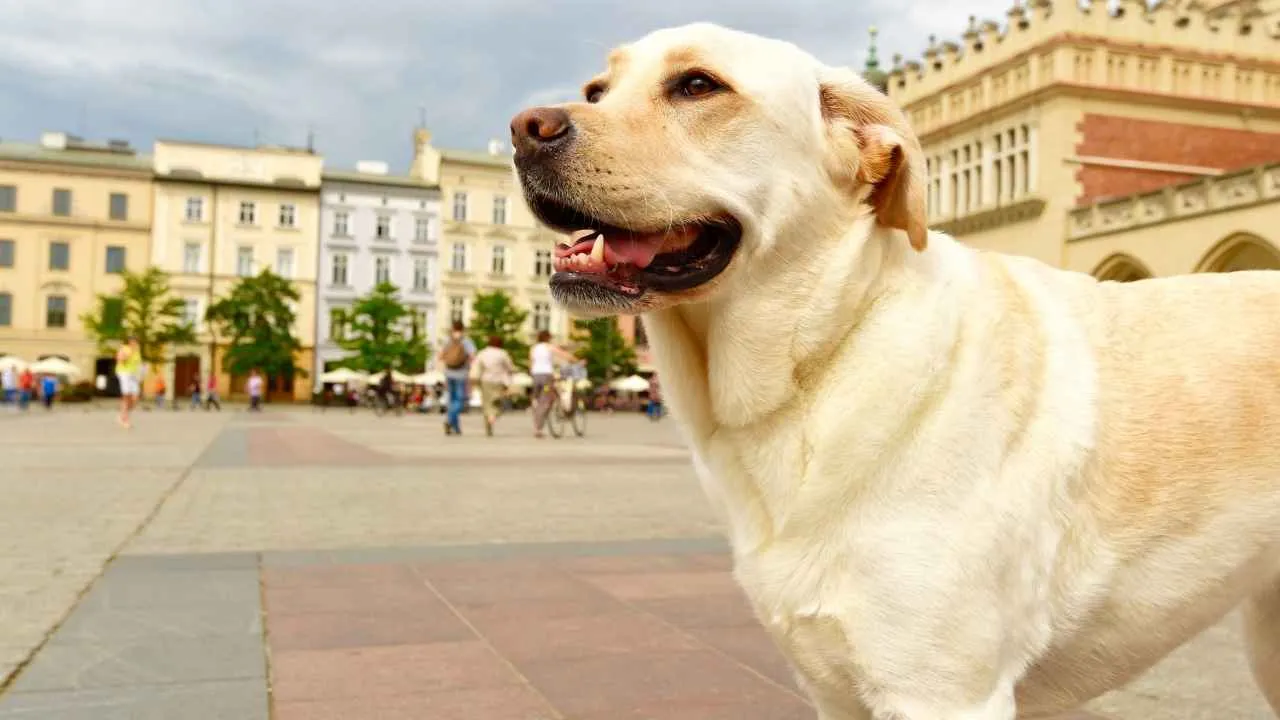
Breed Profile
Size: Medium to Large
Temperament: Friendly, eager, athletic
Origin: Canada
The Labrador Retriever is one of the most recognized hunting breeds in the world, originally bred in Newfoundland to retrieve game from land and water. Though commonly associated with bird hunting, Labradors have the speed and focus to chase smaller, faster prey like hares across open terrain. Their strength and stamina allow them to keep pace over long distances.
Labs are known for their trainability and adaptability. They respond well to commands and retain a strong work ethic, making them highly effective field companions. Their soft mouth and controlled grip allow them to retrieve without damaging the game.
Though friendly by nature, Labs have a sharp prey drive that surfaces during fieldwork. They perform best when given consistent training and outlets for physical energy. Their balance of sociability and work ability makes them a favorite among both hunters and families.
Their short, water-resistant coat is easy to maintain and handles most weather conditions well. Regular brushing and moderate exercise are usually enough to keep them in peak condition. As noted in various breed guides, Labs are among the most dependable, driven, and versatile breeds used in modern hunting.
3. American Foxhound
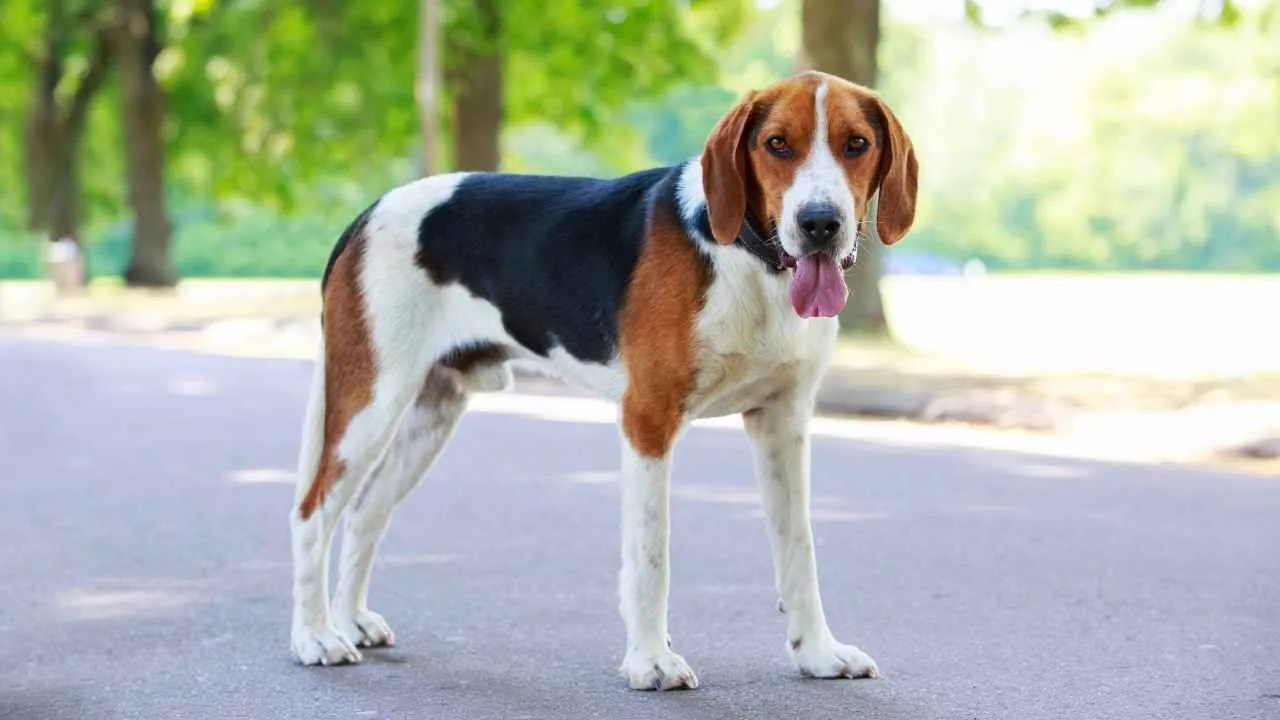
Breed Profile
Size: Medium to Large
Temperament: Independent, athletic, even-tempered
Origin: United States
The American Foxhound is a scent hound developed in the U.S. for tracking and chasing foxes and hares across open country. It is long-legged, light-footed, and fast—traits essential for maintaining pursuit over miles of uneven terrain. Its speed and stamina are two of its most defining features.
The American Foxhound is more independent and can work with or without direct handler input. It follows scent trails with intensity and focus, often tuning out distractions once locked on. Their long ears and sensitive nose enhance scent tracking over long distances.
Foxhounds are generally quiet indoors but highly vocal when on a scent outdoors. They do best in environments that allow them to move freely and stretch their legs. Daily runs, hikes, or large open spaces are important to prevent frustration and boredom.
Their short coat is low-maintenance, and they tend to be hardy, healthy dogs with few grooming demands. Early training and recall work are essential, as they may be prone to wander if left unsupervised.
According to the AKC, this breed is fast, reliable, and well-suited for hunters seeking a dedicated, long-distance tracker with a steady temperament.
4. Beagle
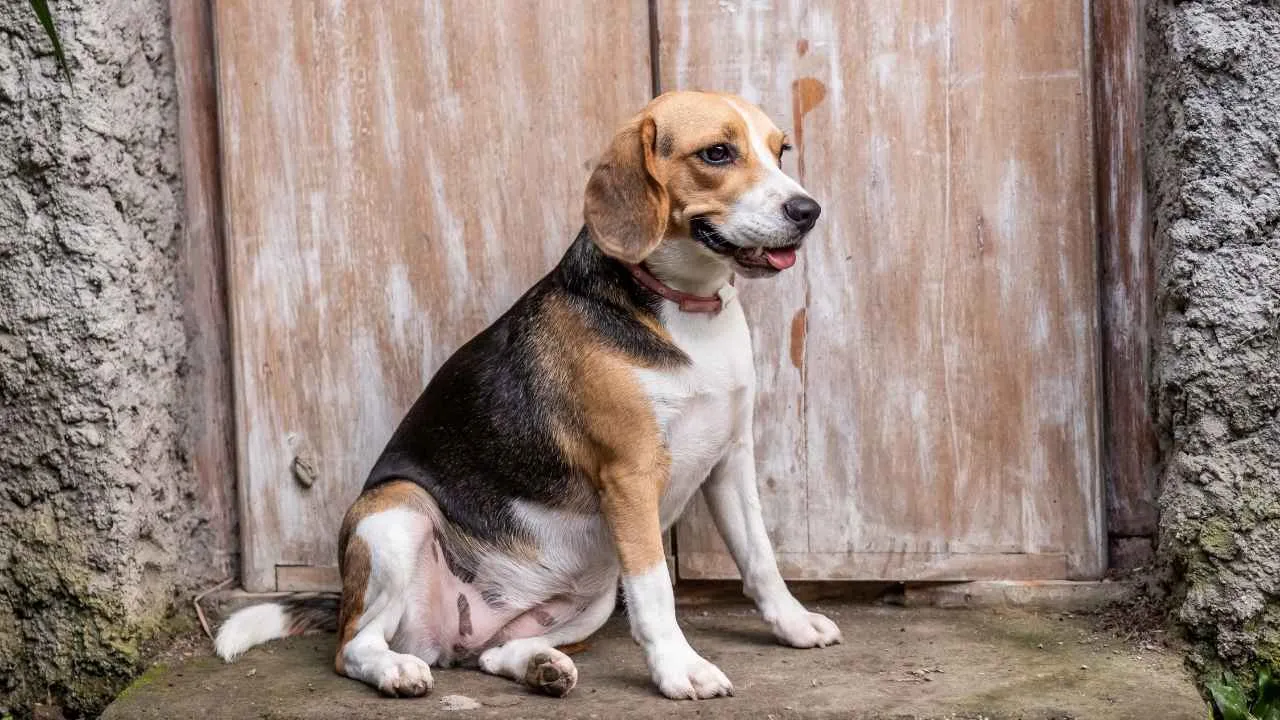
Breed Profile
Size: Small to Medium
Temperament: Friendly, curious, energetic
Origin: United Kingdom
The Beagle is a scent hound originally bred for tracking small game such as rabbits and hares. Its compact frame and incredible nose make it ideal for following ground trails through thick brush and rough terrain. Though not the fastest breed in straight-line speed, the Beagle excels in stamina and maneuverability—key traits when pursuing agile prey.
This breed is alert and enthusiastic, often getting fully absorbed in tracking once a scent is picked up. It uses a combination of scent and sound, frequently giving voice while on the trail. This makes it especially useful in group hunts where tracking progress needs to be heard over long distances.
Despite their working instincts, Beagles are sociable and affectionate with family members. They require structured training and firm recall to manage their distraction-prone focus outdoors. Without adequate exercise, they may become vocal or restless.
Their short coat is easy to care for, though they shed moderately throughout the year. Routine brushing and regular activity help keep them healthy and engaged. With consistent training, Beagles become reliable, capable hunting partners.
The Beagle remains a favorite for rabbit and hare hunters due to its tracking precision, stamina, and determination in the field.
5. English Pointer
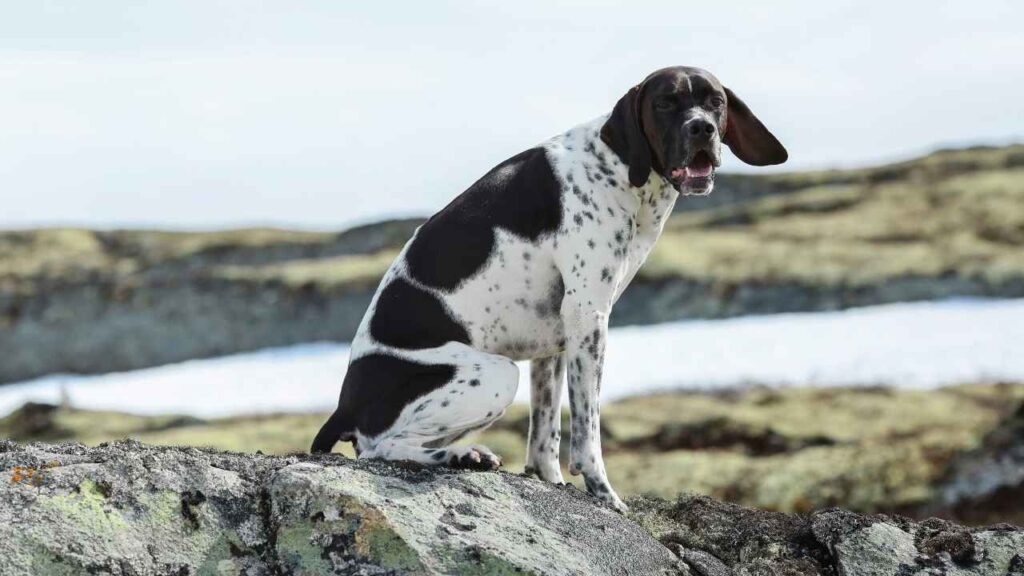
Breed Profile
Size: Medium to Large
Temperament: Focused, athletic, alert
Origin: United Kingdom
The English Pointer is a classic hunting dog developed to locate and “point” game birds, but its natural speed and agility also lend themselves to hare coursing. This breed is built for covering ground with long, fluid strides and excellent stamina. Its lightweight frame and deep chest support endurance and speed over varied terrain.
Known for its sharp focus, the English Pointer is less independent than other hounds but incredibly responsive to handler cues. It relies on both sight and scent in the field and tends to remain aware of its handler’s position even while ranging ahead. This makes it effective in coordinated hunting scenarios.
This breed thrives in open spaces and can struggle in confined or inactive settings. It requires daily, high-intensity exercise and mental stimulation. Pointers bond closely with their families but are happiest when working or engaged in outdoor routines.
Its coat is short and dense, requiring minimal grooming beyond basic care. Healthwise, it’s a hardy breed, though lean build and high energy require proper nutrition and conditioning.
The English Pointer stands out as a refined yet rugged working dog—ideally suited for speed, control, and high-level game tracking in open terrain.
6. Golden Retriever
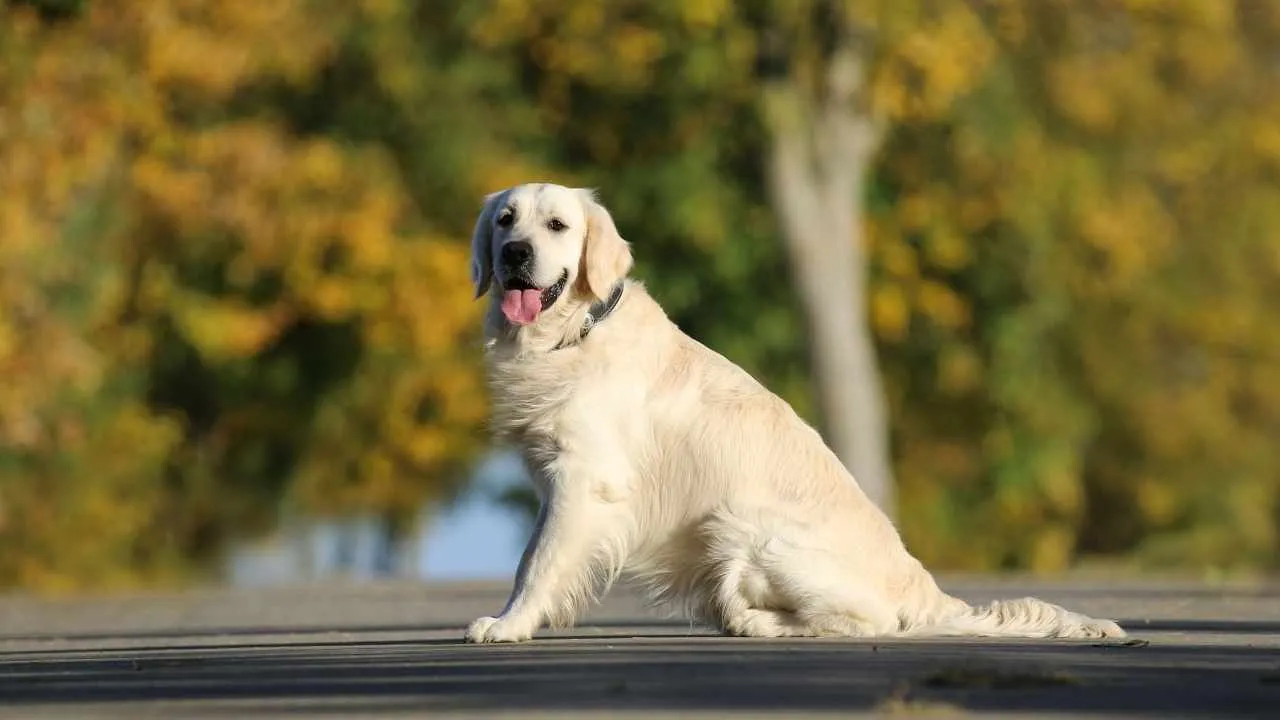
Breed Profile
Size: Medium to Large
Temperament: Friendly, intelligent, eager-to-please
Origin: Scotland
The Golden Retriever was originally bred to retrieve waterfowl, but its athletic build and energy make it surprisingly capable on land. While it may not match the speed of a sighthound, it has the stamina and drive to pursue and retrieve small game like hares across open terrain. Its versatility in field conditions is one of its defining traits.
Golden Retrievers are highly trainable and excel in obedience, which makes them easy to direct during fieldwork. Their willingness to work closely with handlers allows for effective coordination during hunting. Their gentle mouths, developed for carrying birds, also apply to retrieving small mammals without causing damage.
These dogs require consistent physical activity and mental stimulation. Their active nature is best supported by regular training, field games, and outdoor routines. Without this structure, they may become bored or overly excitable.
The breed’s dense, water-resistant double coat sheds year-round and requires weekly brushing to manage. Grooming and routine care help maintain their overall condition, especially for dogs working in rough environments.
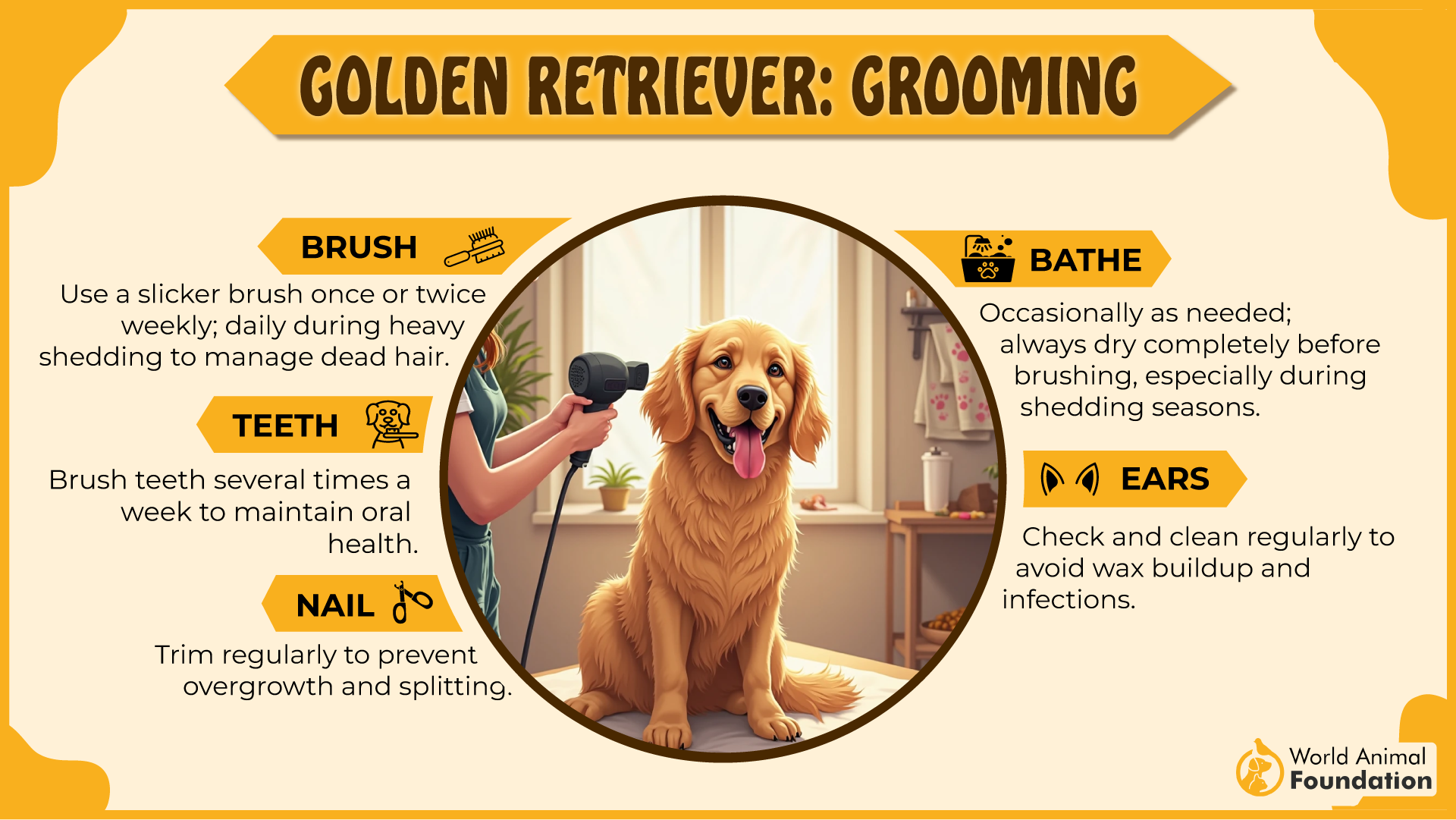
The Golden Retriever is more than a family pet—it’s a reliable, focused field partner when properly trained and physically conditioned for hunting tasks.
7. Chesapeake Bay Retriever
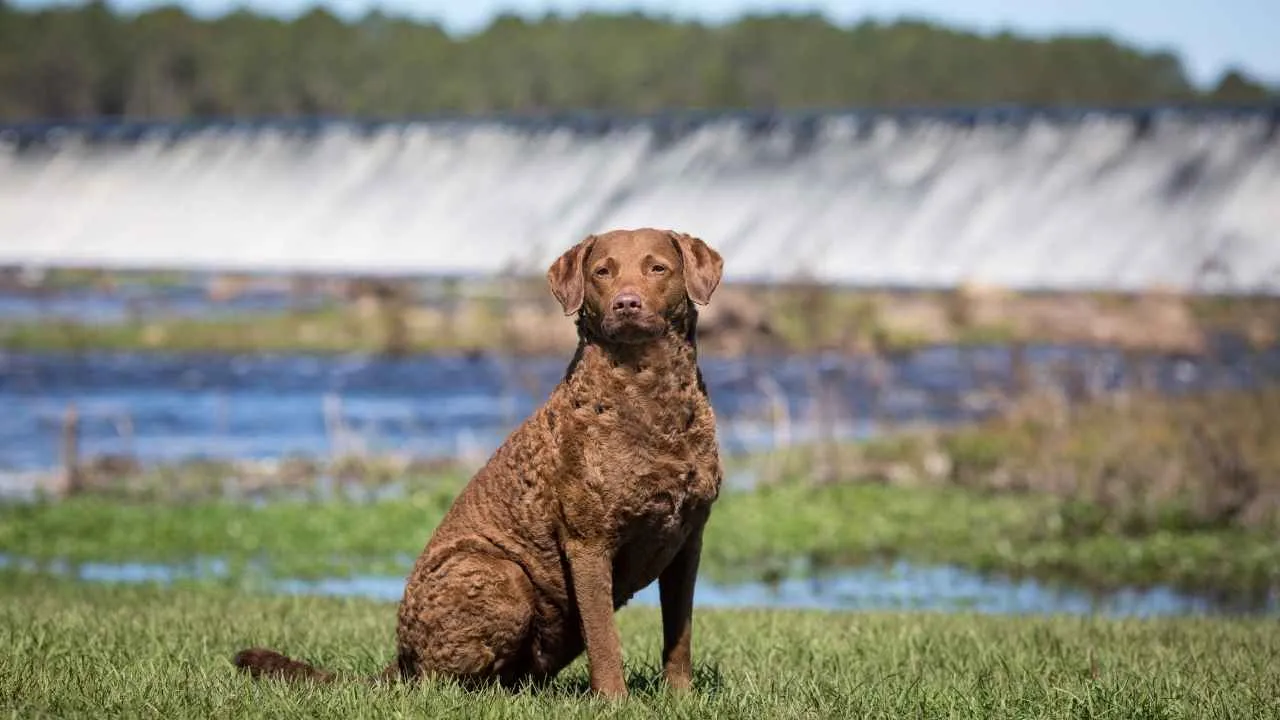
Breed Profile
Size: Medium to Large
Temperament: Confident, determined, loyal
Origin: United States
The Chesapeake Bay Retriever is a tough, powerful breed originally developed to retrieve waterfowl from cold, rough waters. Its muscular frame and strong legs also give it the drive and endurance to track and catch land-based game, including quick animals like hares. This breed is built for resilience in challenging environments.
It’s a highly driven dog that works best with consistent structure and firm, fair training. Chessies are known for their independence and problem-solving skills, traits that can benefit fieldwork but require experienced handling. Their natural determination often translates into persistence when pursuing prey.
The Chesapeake is selective in its affections but extremely loyal to its owner. It prefers focused tasks over casual play and thrives when given meaningful work. This makes it particularly effective in demanding field settings.
The coat is dense, slightly oily, and water-repellent, requiring occasional brushing but otherwise low-maintenance. The breed is known for its hardiness in rough conditions and tolerance to cold weather.
As noted by WebMD, the Chesapeake Bay Retriever is best for active handlers looking for a bold, high-stamina breed with a strong work ethic and field-ready build.
8. Irish Setter
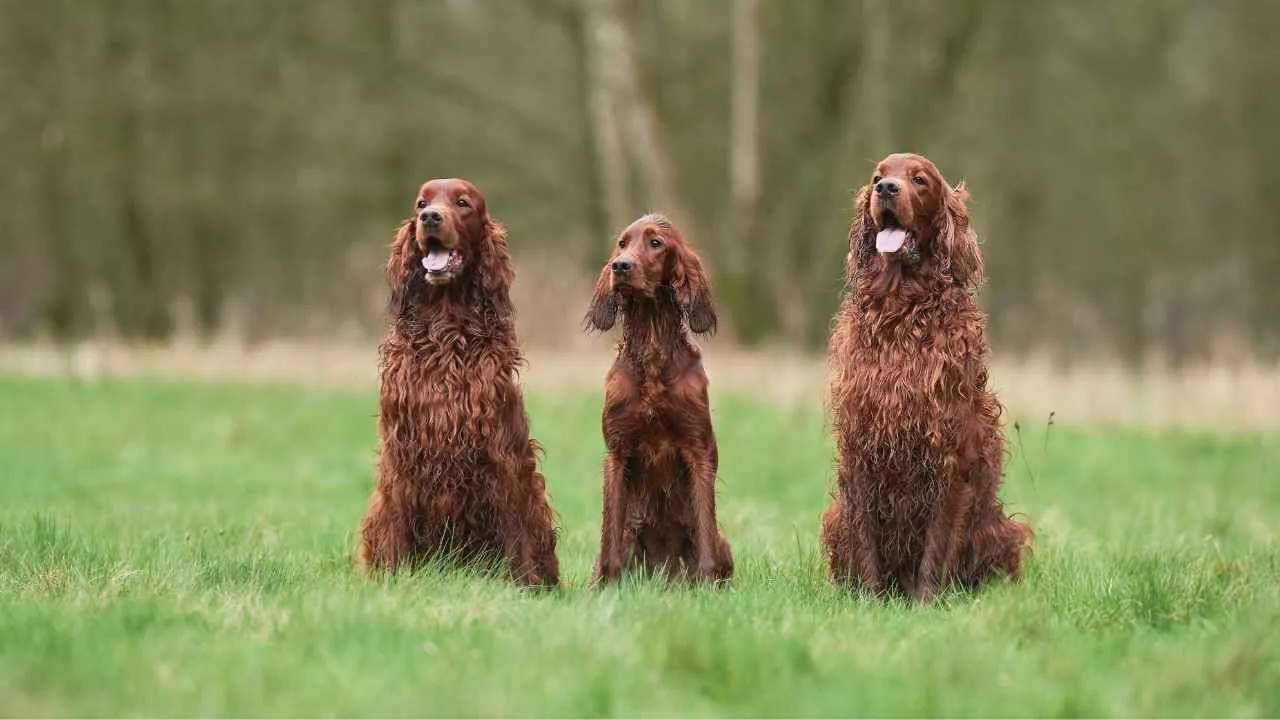
Breed Profile
Size: Large
Temperament: Outgoing, energetic, friendly
Origin: Ireland
The Irish Setter is a striking hunting breed known for its long, flowing red coat and high energy level. It was originally developed to locate game birds but is fast and agile enough to handle pursuits like hare coursing across open ground. Its long legs and deep chest support sustained running at high speeds, making it one of the more athletic gun dog breeds.
This breed is sociable and thrives on interaction, both with people and in active outdoor work. Irish Setters require consistent training, as their playful and easily distracted nature can sometimes interfere with precision in the field. However, with patience and positive reinforcement, they are eager learners.
Setters enjoy covering ground and often work well in tandem with handlers who allow room for them to range and point. Their stamina is excellent, and they maintain speed across different types of terrain with ease.
Their long, feathered coat is beautiful but requires regular brushing to prevent mats and tangles, particularly after working in tall grass or underbrush. They also benefit from ear checks, as their long ears can trap moisture and debris.
The Irish Setter is a high-spirited, hardworking breed suited to experienced owners who can balance its social nature with its high energy and drive.
9. Rhodesian Ridgeback
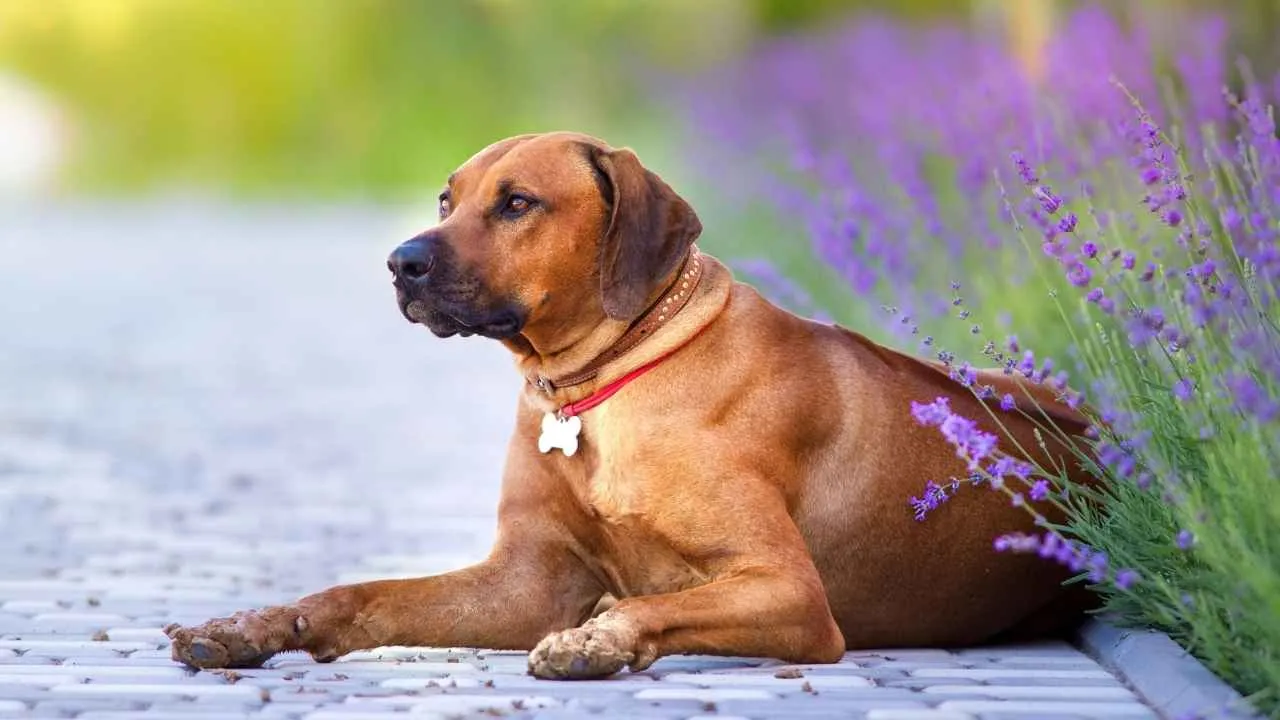
Breed Profile
Size: Large
Temperament: Loyal, athletic, independent
Origin: Southern Africa
The Rhodesian Ridgeback was developed in Africa to track and corner large game like lions, but its speed and endurance also make it capable of pursuing fast, smaller prey such as hares. Its long, powerful legs and streamlined body allow it to cover ground efficiently, while its agility helps it navigate rough terrain.
Despite its size, the Ridgeback can reach speeds of up to 30 mph and maintain them longer than many similarly built breeds. It has a quiet hunting style, often tracking silently and relying on quick bursts of speed to close distance with prey.
This breed is known for being intelligent and independent, which means it can be headstrong if not trained with consistency. Early obedience and firm boundaries are essential to ensure reliability in the field.
Its short coat is easy to maintain, requiring only occasional brushing. The breed is also heat-tolerant and adaptable to warm climates, making it ideal for outdoor pursuits in a variety of conditions.
The Ridgeback is not only fast and durable—it’s also steady, loyal, and naturally suited to covering large hunting areas.
10. Weimaraner
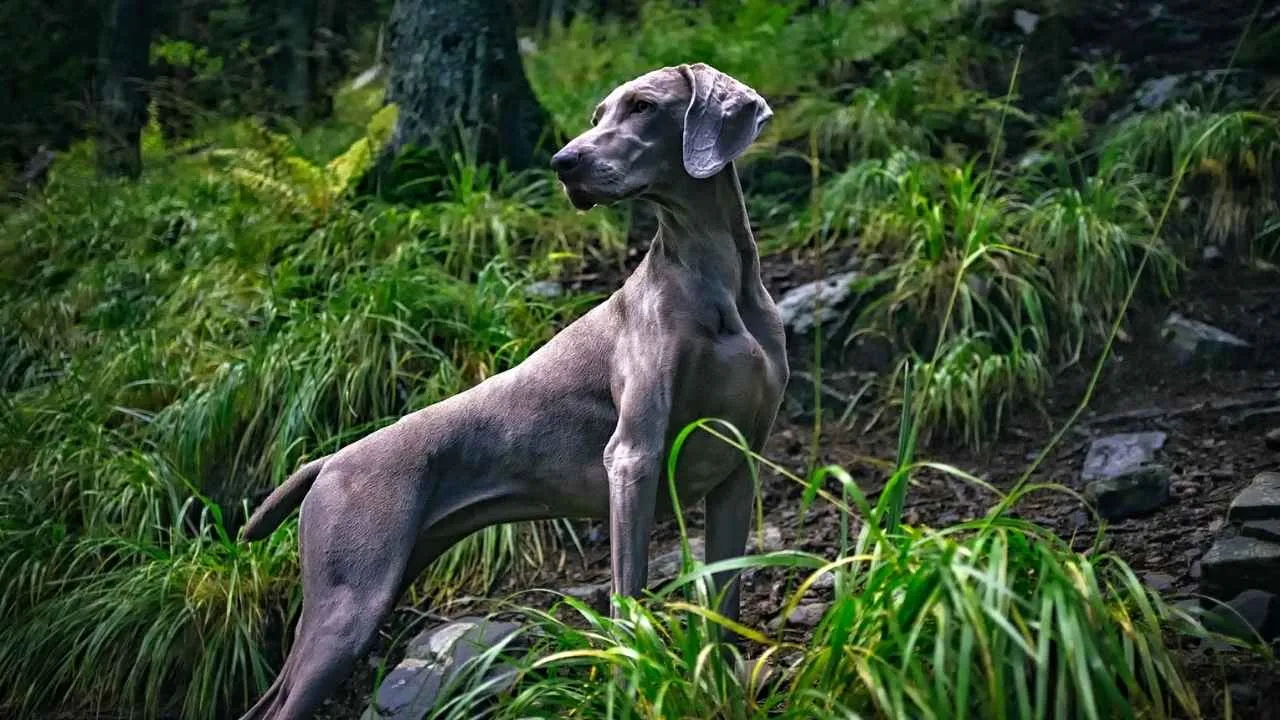
Breed Profile
Size: Large
Temperament: Energetic, alert, obedient
Origin: Germany
The Weimaraner is a sleek, powerful hunting breed originally developed in Germany for large game. Over time, it was adapted for bird and small game hunting, including hares. Its long stride, deep chest, and muscular frame allow it to move quickly across varied terrain while maintaining speed and control.
This breed has a sharp prey drive and thrives on high-intensity activity. It’s capable of both tracking and chasing, and it works well under direction from its handler. It’s one of the few breeds that can balance explosive speed with sustained endurance.
Weimaraners require daily mental and physical exercise to prevent restlessness or destructive behaviors. They respond best to structured environments, where training and stimulation are consistent and engaging. Obedience training should begin early to develop good habits in the field.
Their short, sleek coat is low-maintenance but offers little insulation in colder weather. Protective gear or limited exposure is advised during colder months for outdoor work.
As noted by Embark, the Weimaraner is not just a beautiful athlete—it’s a sharp, trainable working dog with the physical tools and instincts to chase down fast-moving prey.
Conclusion
Chasing down a hare through thick cover, brush piles, or open fields demands more than speed—it calls for sharp focus, stamina, and the natural hunting instincts found in some of the world’s most agile breeds. From the classic rabbit dog like the Beagle to high-performance athletes like the Weimaraner, these dogs were built for the chase. Whether you’re tracking squirrels, upland birds, or wild hares, each breed on this list brings something unique to the field.
Some were originally bred to hunt rabbits or trail deer across wooded terrain, while others started as bird dogs or duck retrievers and proved just as capable with ground game. Even little dogs like the Jack Russell Terrier bring surprising drive and agility to tough hunts. These pups excel not just in hunting season but in year-round outdoor work when properly trained and conditioned.
For those walking into the woods with a leash in hand and a rabbit in sight, these breeds offer speed, focus, and unwavering determination. Whether it’s a bunny darting through tall grass or a trail that runs deep into brush, these dogs were made for the search—and won’t stop until the shot is called.


